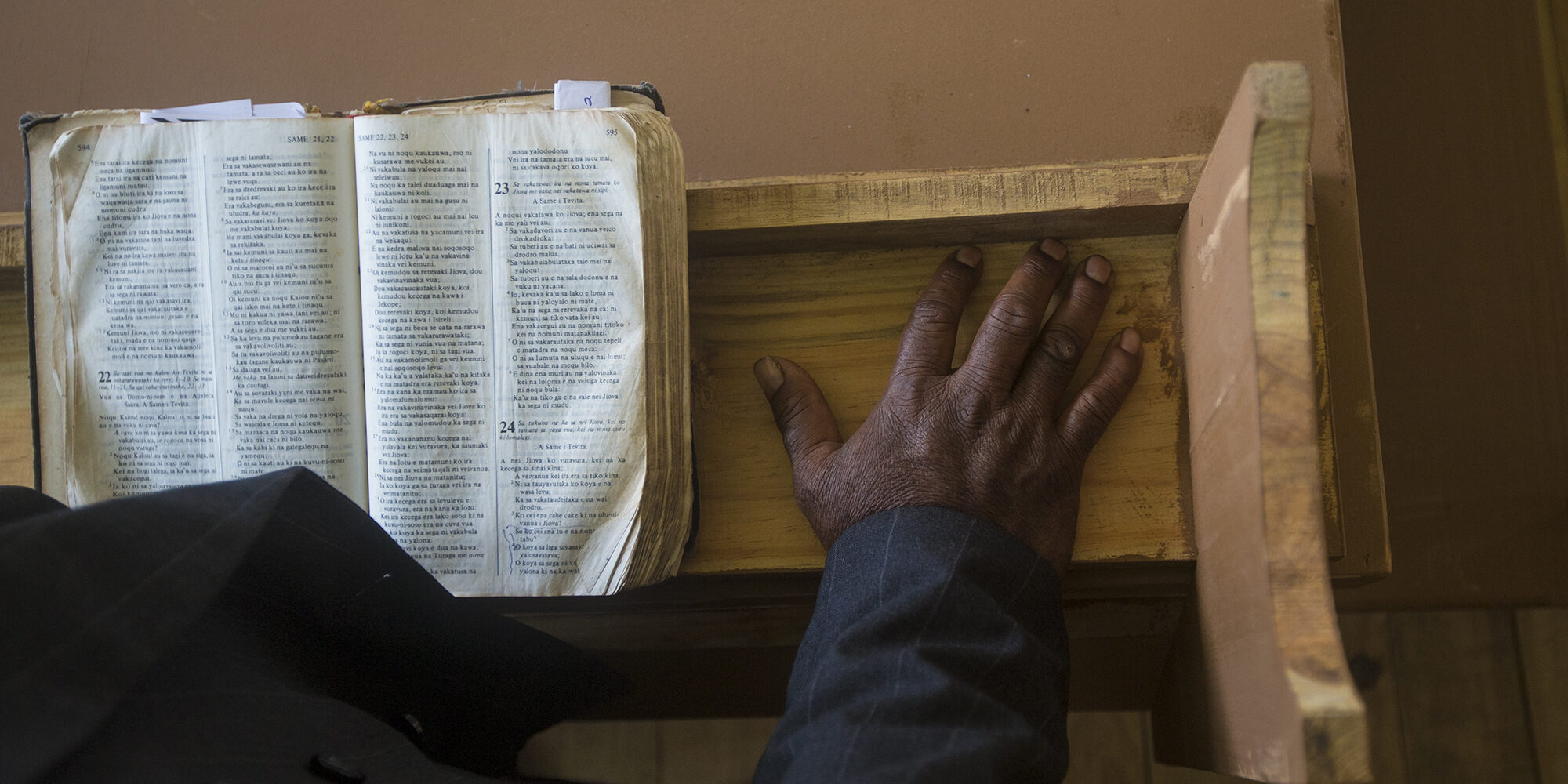Pastors in historically Black Protestant churches generally agree that both their influence as pastors and their churches’ influence in their communities has been declining. Although a recent Pew Research Center study explains in detail the reasons behind this issue,[1] in this post, I will focus on a single church to show how difficult and necessary it is to stay relevant to the community. Like other churches located in Washington DC, Canaan Baptist Church (a pseudonym) is about one hundred years old and embedded in a racially and economically diverse neighborhood.
When I drove to Canaan Baptist Church early one Sunday morning to observe a worship service, what I first noticed was the lack of a clear entrance to the building and there was construction on both sides of the street. I realized also that the other streets leading up to the church were packed with cars. I took a U-turn three times in the hopes of finding an empty spot but to no avail. I would have to travel farther away to park. I ended up driving four blocks past the church until I could find a suitable spot near what seemed to be high-end, luxury restaurants. Here, the parking spaces were empty, presumably because the restaurants were not open until the evening. The quiet was a stark contrast to the crowded business of the blocks I had just driven through. After I parked there, I walked toward the church.
The block neighboring the restaurants consisted of new condominium homes with luxury cars parked outside. Despite the abundance of Tesla and Mercedes-Benz vehicles housed within the gates of these newly constructed condominiums, I saw some people who appeared to have been displaced, standing and sitting along the streets near the church. After continuing onto the next block adjacent to the church, I noticed overflowing trash cans on the sidewalk and homes in disrepair. This was a stark contrast to what I had seen earlier in the gated communities, with the neat landscaping and luxury cars. These townhouses closer to the church looked similar to historic buildings, frail from decades of constant use. Noting the clear economic differences in the neighborhood, I finally found my way up to the church again.
I was unable to tell where the entrance was. I circled around the building in the hopes of finding the front door when I noticed some churchgoers entering the building through the back. Following one of the men who was using a walker hesitantly through the accessible entrance, I made my way into the building. This intergenerational African American congregation included all ages from young children to elderly people, and during live worship, there was a deaf interpreter for those congregants who needed her.
After listening to Reverend Jessie (a pseudonym), whom our team had interviewed for the study, deliver his Sunday sermon on practicing prayer gracefully, I was surprised that this worship service lacked music until the very end. As it turned out, the music minister was stuck in traffic, and she could only make it a few minutes before the service ended. That illustrates one of the obstacles to having a commuter church. Those who attend the church and even those who lead services must travel quite a distance on Sunday mornings and the rest of the week, and then once they arrive at the church, parking is a problem.
In the interview with Reverend Jessie that had taken place on an earlier date, his comments about staying relevant in a “post-Christian culture” made more sense to me after my experience of getting to the church that morning:
…the community is changing and there are…condos that are going [for] over a million dollars right nearby. And this is an area where people were living below the minimum wage just two years ago. But it’s a hot area. Top restaurants are moving in and everything. And so, the neighborhood is changing, and we are a largely commuter church. And so, we have got to be able to be relevant. We have got to start a tradition.
There are at least three challenges that Reverend Jessie articulates relating to remaining relevant: connecting with his congregation, connecting with those in the neighborhood who need food and housing assistance, and connecting with people who live in the luxury condominiums. In closing, one might ask the question of how religious leaders can be equipped by seminaries, denominations, or other non-profit organizations to recenter connections with these diverse groups.
— Hale Inanoglu
[1] Faith among Black Americans,” Pew Research Center, Washington D.C. (2021)
https://www.pewresearch.org/religion/2021/02/16/interviews-with-black-pastors/







